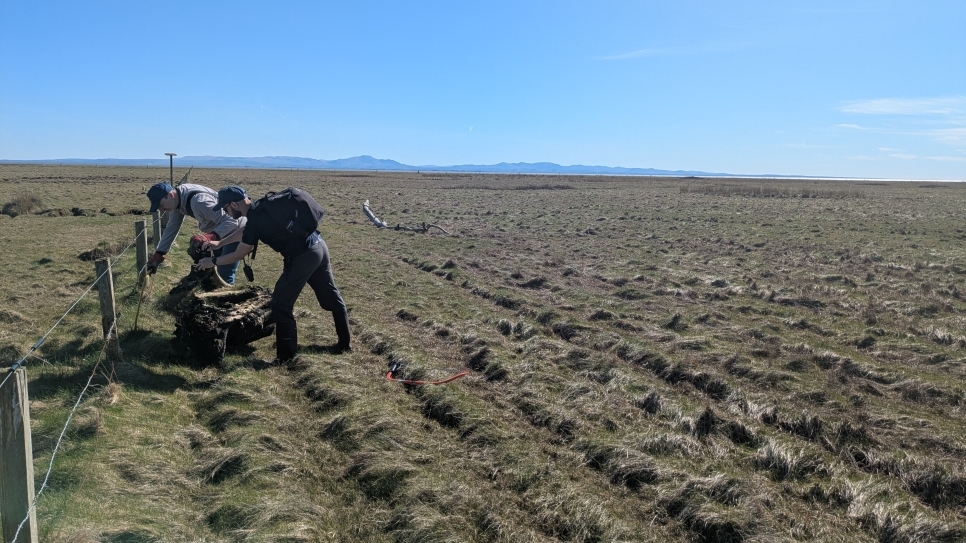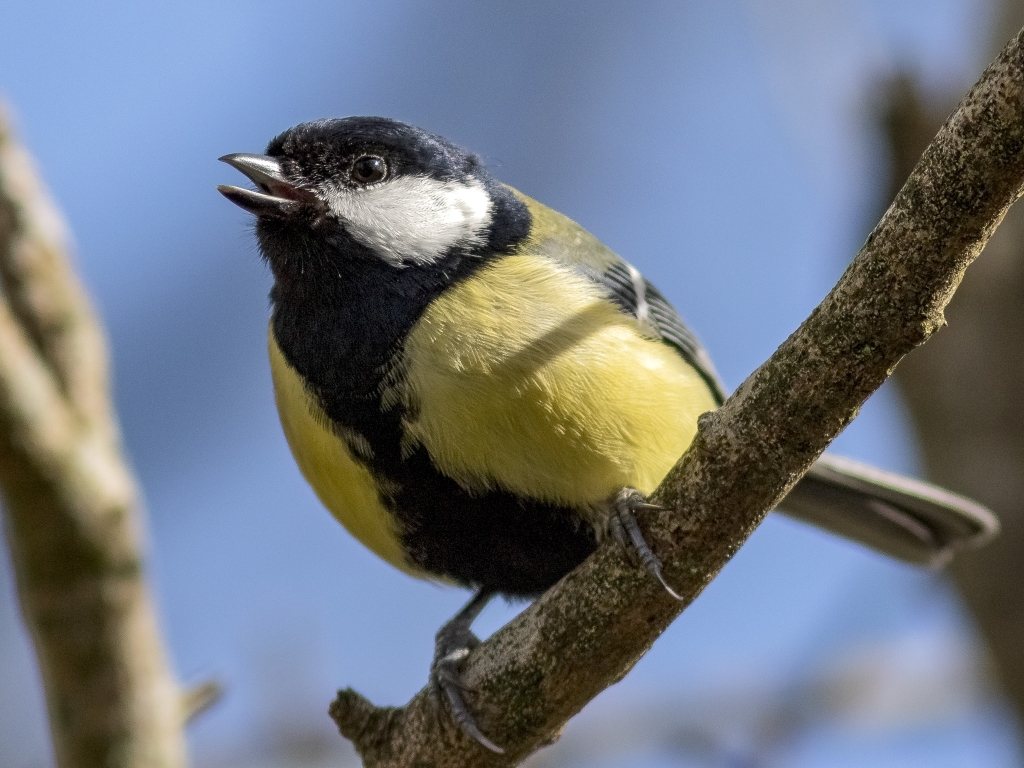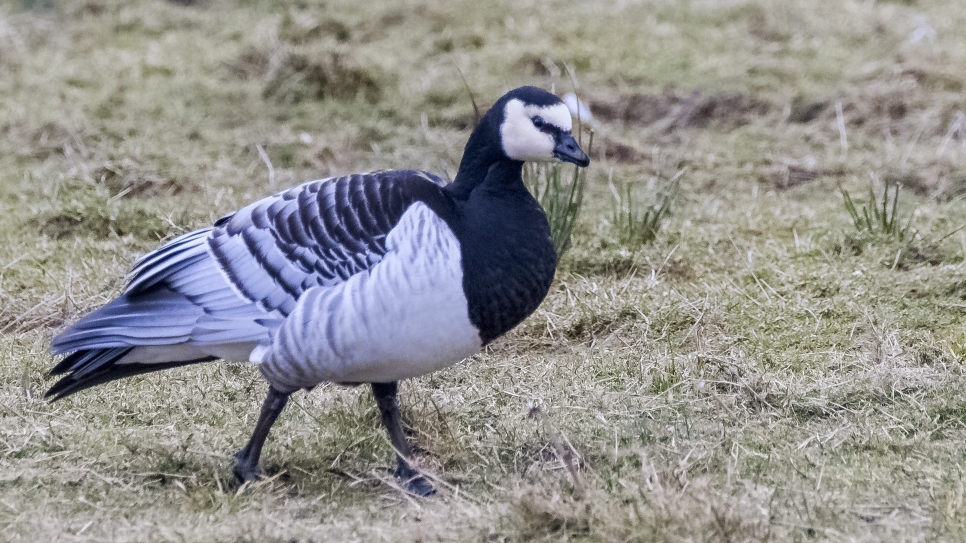A beast of a beetle
The life of a fish fry can be a stressful affair. Between death from the dive bombing tactics of kingfishers to the endless pursuits from other larger fish, they have little time to rest in this relentless freshwater ecosystem. Now imagine that on top of these perils, they must also escape the clutches of a true juggernaut of the ponds, a beast of a beetle predating these young fish. A beetle that eats fish? Yep, this is the great diving beetle, Dytiscus marginalis.
These behemoths can reach up to 3.5 cm in length. This may sound small but on the local scale of its hunting grounds, it truly is massive. They possess some remarkable adaptions to catch their prey. As adults they must dive to hunt but they do not have gills so the hold oxygenated air under their wing cases and these air pockets allow them to dive for hours at a time before refilling! Due to their predatory nature they possess large pincers to impale their prey. The males have suction cup like features on their legs for breeding which also assist in the control of slippery prey such as fish and tadpoles.
Over winter, the adults will hibernate within the benthic areas of the pond, using substrate or vegetation as cover, while the world above freezes over. They then emerge in the spring and spread their wings in the moonlit safety of night, searching for other waterbodies to inhabit. Once a suitable pond has been found, adults mate and the female to lay eggs around underwater vegetation. These larvae hatch and are immediately on the hunt as voracious predators which will feed on tadpoles, fish and newts when they get big enough. They possess similar curved mandibles to the adult that can pump prey full of digestives juices. I have been bitten by these larvae before so I can tell you firsthand, it wasn’t fun. Once their pretty horrific, elongated forms reach sizes of up to 6cm, it is time for the next stage. They retreat to pupate at the edges of the pond which contain damp soil at the end of summer. Metamorphosis is completed in autumn and the adult great diving beetle emerges once again to hound the pond.
It is fascinating to think about the miniature worlds of ponds, filled with alien lifeforms battling for survival in these underwater environments. The great diving beetle is one of my favourites to watch, seeing it bully its way through the water. I’ve found one of the best areas to view them at the moment is in our new raised pond in our courtyard here at WWT Caerlaverock. As pioneering invertebrates, they were some of the first to touch down here and scout the new hunting grounds. I’ve also seen a few breeding here too! The team has been working towards making this pond more accessible to the public with steps being added for younger individuals to peer into the depths of this pond and pond dipping equipment being provided to search the water for these magnificent creatures. I am sure that if you take the time to stop here, you will find a new appreciation for these dynamic creatures.
Words by Charlie McGrath-Hayes
Feature image of great diving beetle credit WWT/ Jack Perks



